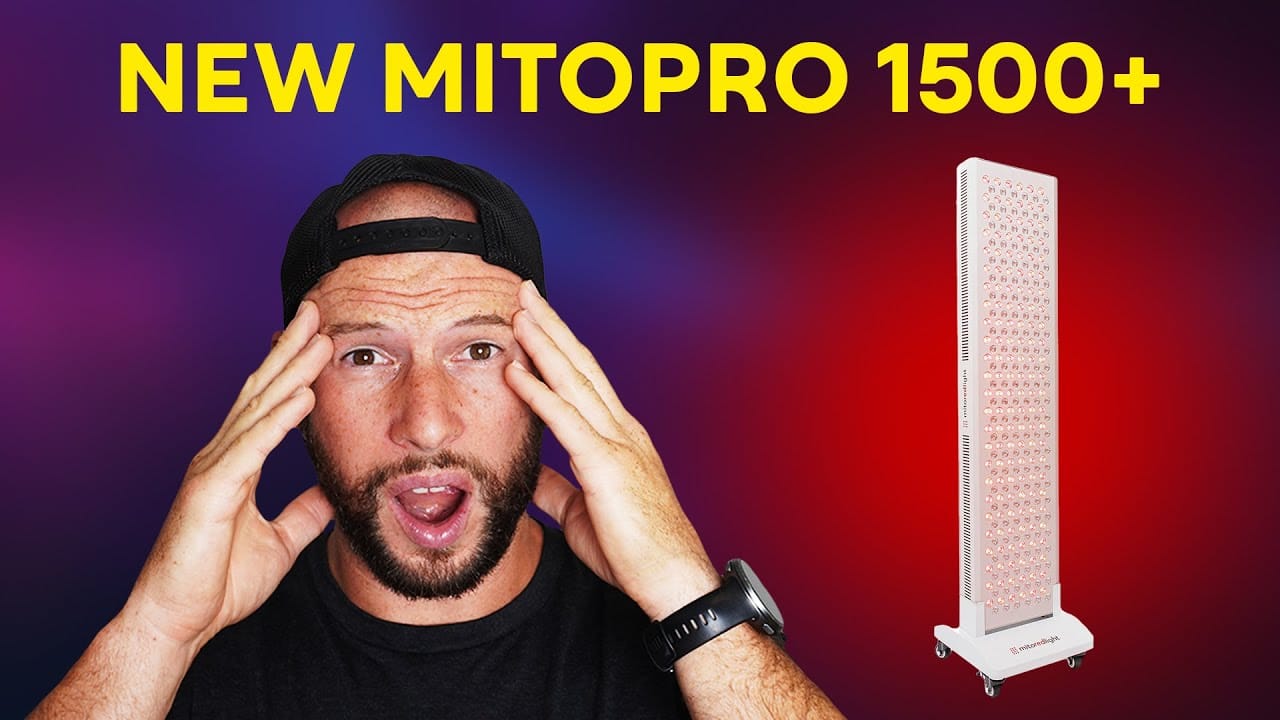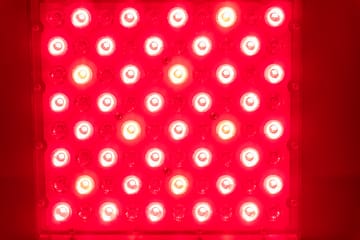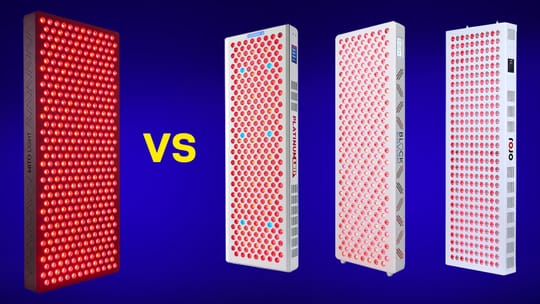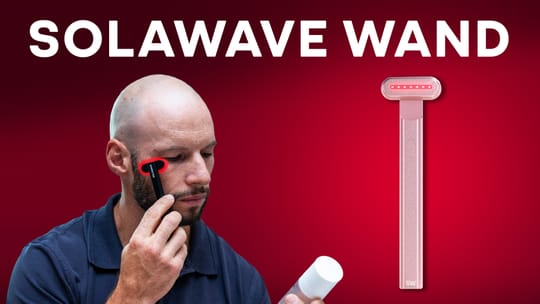Unveiling the Enhanced MitoPro 1500+
Hey there, fellow health and wellness aficionados! I'm thrilled to introduce you to the latest upgrade in the realm of red light therapy—the brand new MitoPro 1500+.
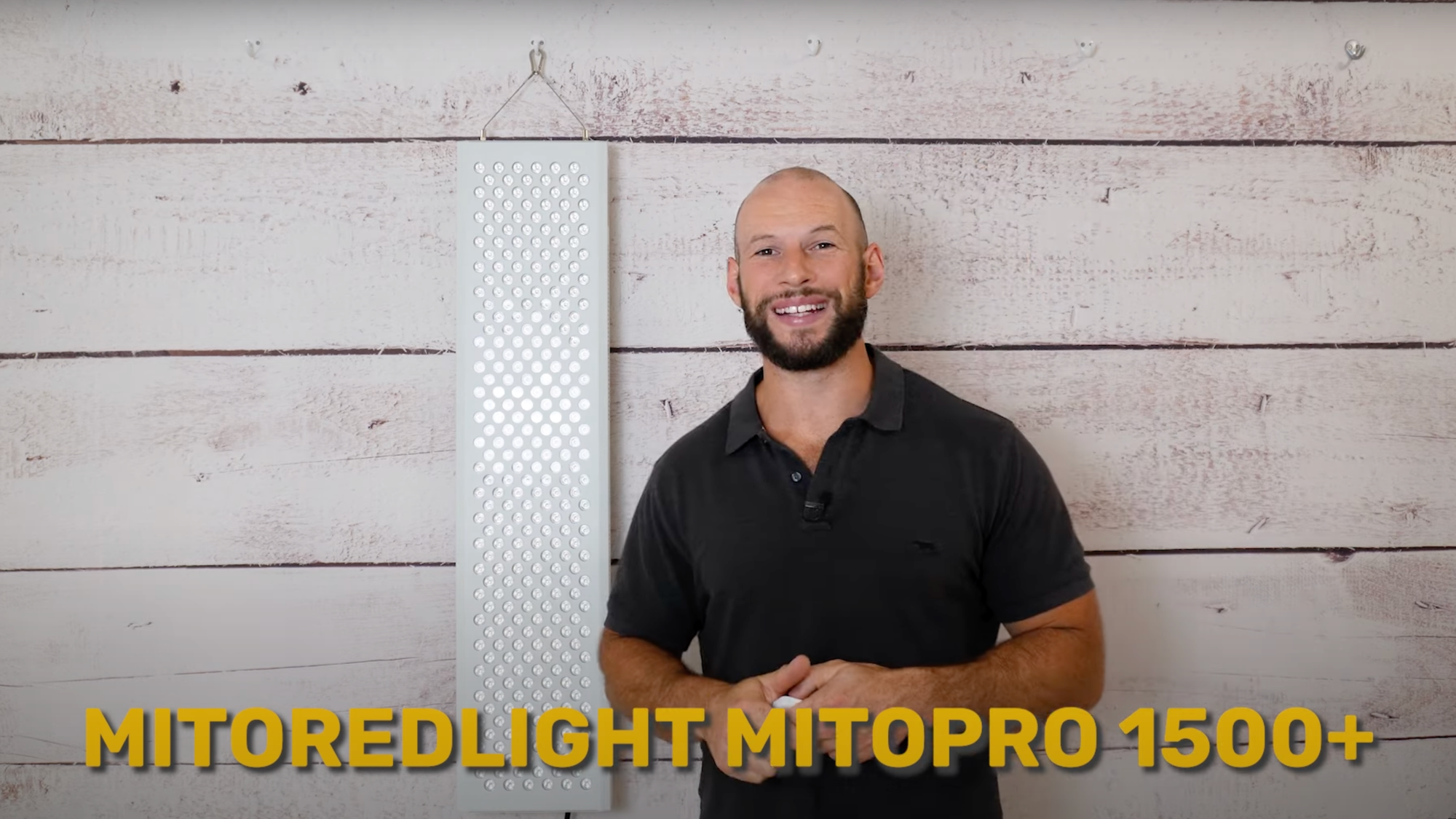
As an avid enthusiast of all things wellness, I'm happy to tell you that the winner of my 2021 Wall Panel Comparison Series has just been upgraded!
So, what sets this new iteration apart, and how does it stack up against other players in the market?
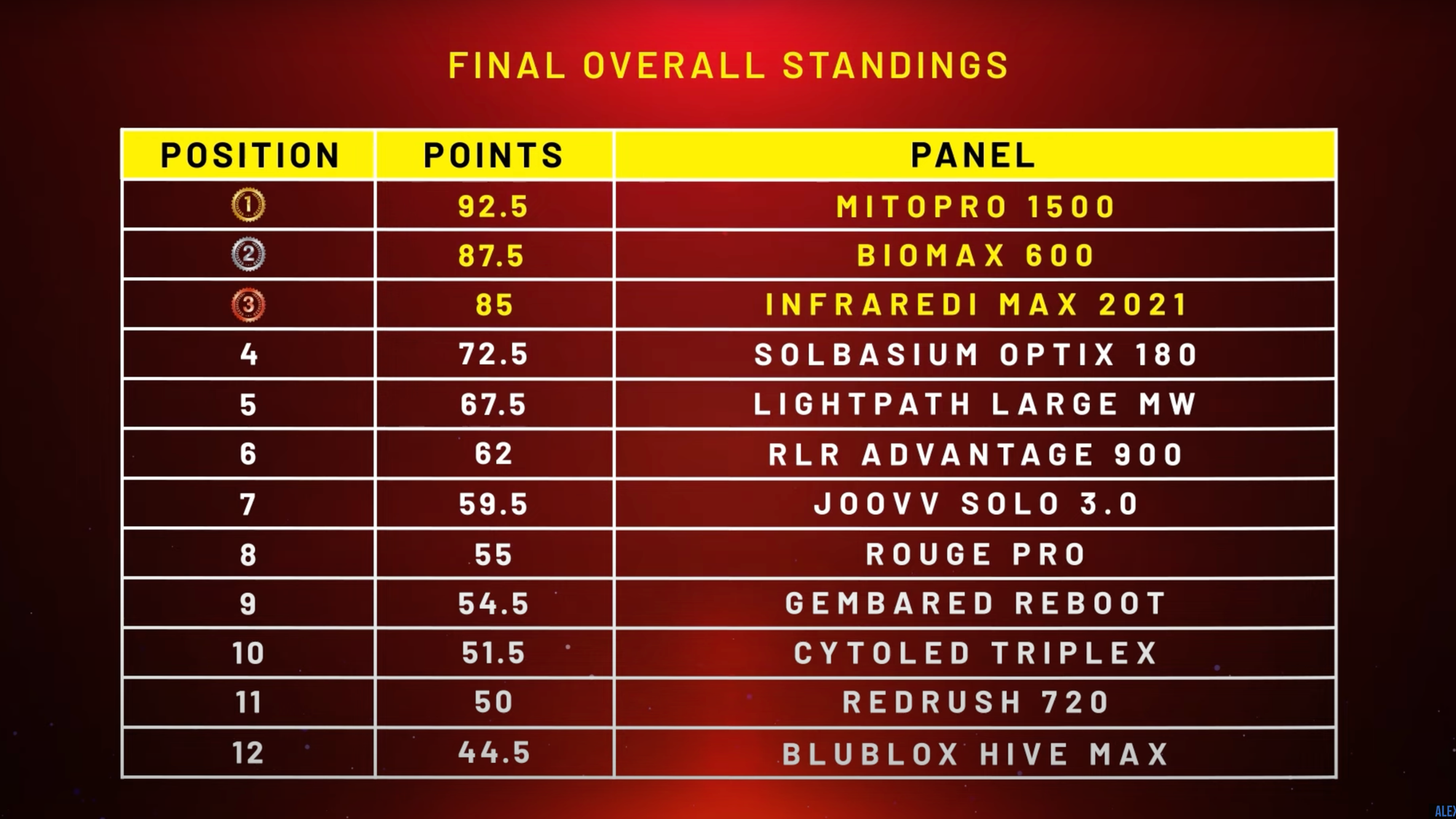
This is the brand new MitoPro 1500+ by Mito Red Light. The Plus + at the end of its name is what indicates that this the new and improved version. So let's dive right in!
Introducing the MitoPro 1500+ Line
First things first, let's break down the MitoPro 1500+ lineup. With this latest release, Mito Red Light brings three new panels to the table: the 300+, the 750+, and this flagship 1500+ panel which we are discussing here.
Standing tall at 42 inches, with dimensions of approximately 10 inches across and 3 inches deep, the Pro 1500+ maintains the same sleek form factor as its predecessor, the non-Plus version, which has now been phased out.
But wait, there's more! If you swing by the Mito Red Light website, you'll discover the entire XL Pro Plus range boasting: Mito Mega Plus, Mito Elite Plus, and Mito Ultimate Plus—which are each impressively huge all-in-one body panels.
While I've yet to put these mammoths to the test, if you're in the market for one of those, it's good to know that many of the features and insights we'll cover in this article regarding the 1500+ also apply to its larger counterparts as well.
What's New in the Plus Edition?
Now, let's get to the heart of the matter: the enhancements in the MitoPro 1500+. As you may recall, the original MitoPro 1500 clinched the top spot in my 2021 wall panel comparison series out of 12 contenders, so we already know it's a standout performer. But what's the deal with this Plus edition?
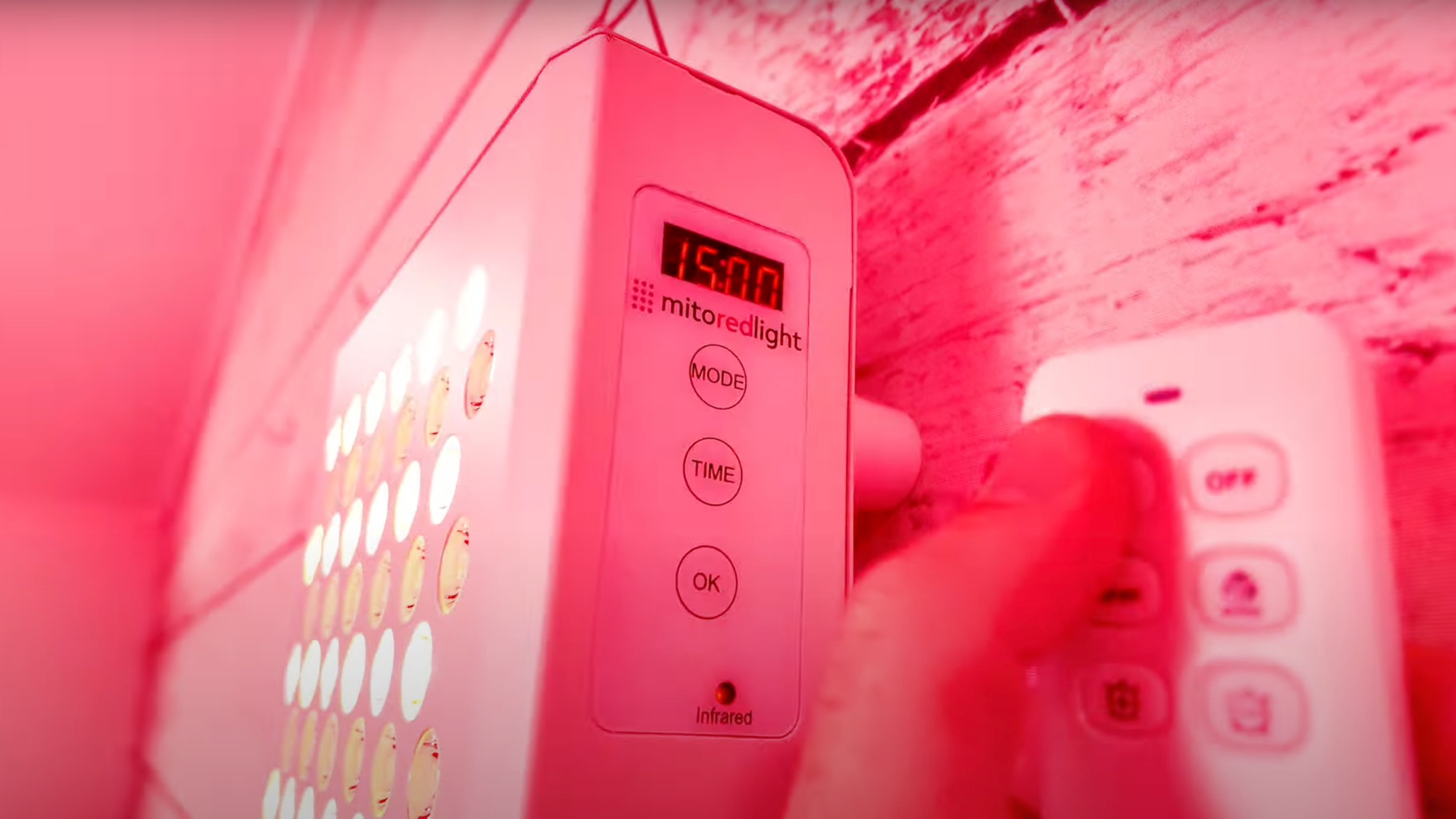
Firstly, let's talk about the sleek new remote that comes bundled with it. While remote functionality isn't groundbreaking these days, Mito Red Light has crafted a user-friendly remote with intuitive controls for power, time adjustments, and wavelength selection. Plus, the tactile buttons add a nice touch to the overall experience.
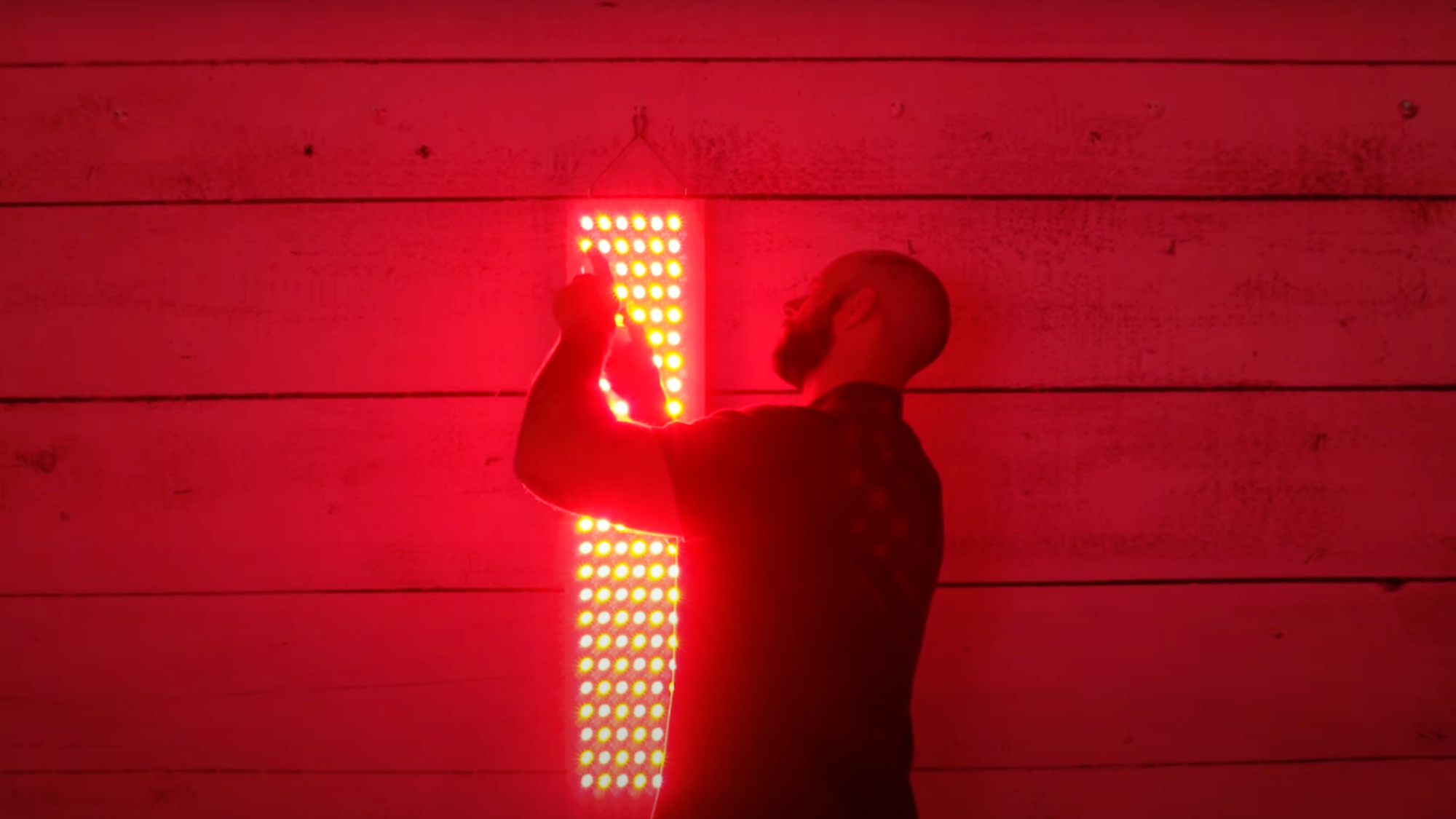
Another notable change is the switch from the pulley system to hanging straps for installation. While the pulley system already worked like a charm, the new hanging straps offer a straightforward alternative. Personally, I've opted to hang mine directly from a wall hook, bypassing the need for additional hardware.
Lastly, there's been a slight uptick in price, with a modest $20 increase. Given the substantial price hikes seen elsewhere in the market, this bump is relatively minor and easily justified by the added convenience and features.
So far, there's not a lot of new things to report on. What I'm going to do now is get my devices out. We're going to test the irradiance. I'm going to see if anything's changed with the power output, wavelengths, EMF, and all those other things.
Wondering About Its Wavelengths?
Now, let's delve into the technical aspects of the MitoPro 1500+, starting with its wavelength output. Sporting 300 LEDs, Mito Red Light advertises this panel's peak wavelengths as 630, 660, 830, and 850 nanometers (nm), with an even split across each wavelength—a desirable feature in my book.
Additionally, it offers a spectral range (ESPEO™) spanning from 590 to 700nm and 780 to 900nm. Armed with my trusty spectrometer, I set out to verify these claims.
Okay, let's have a look at this screenshot from my spectrometer. Firstly, we see the peak at 630nm as advertised. We see the second peak at 660nm which is also a match.
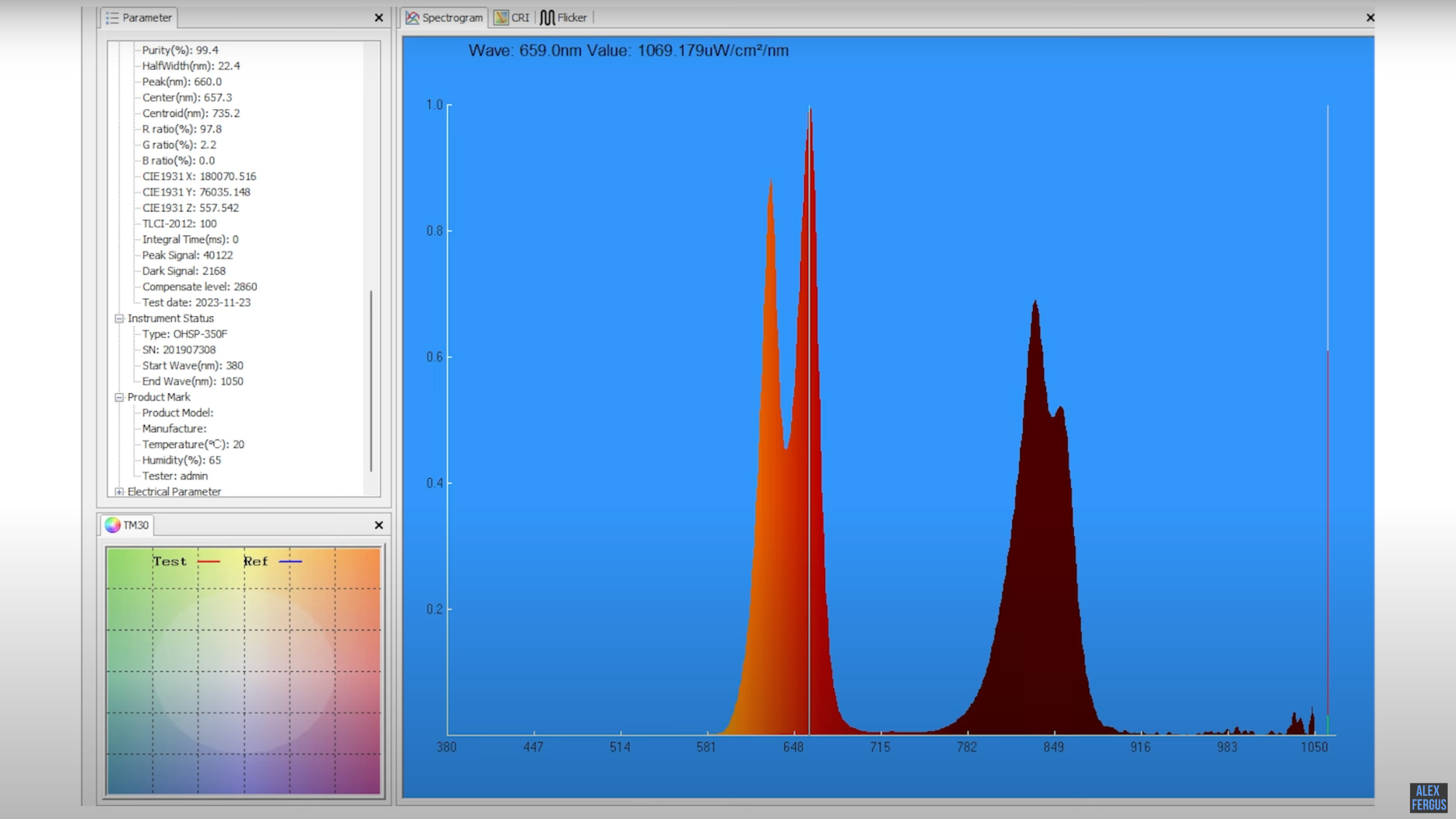
Next, we're moving over into the near infrared wavelengths at 833 and 834nm which closely correlates to the marketed 830nm.
Lastly, I'm getting a small peak at 855nm, so that's also within range. Typically, I say that anything within 5 or 6 nanometers is doing a good job of matching the company's marketing. Since my spectral analysis results align closely with the advertised specifications, this confirms consistency in their testing and manufacturing processes.
The ESPEO ™ range is from 590 to 700nm and 780 to 900nm.
Now what about the spectral range? So they claimed 590 to 700nm. My measurements show it does start at 590 and reach across to 700nm from edge to edge of where the peak begins and ends. They also said it's 780 through to 900nm for the near light range. That is true as well.

So you are getting light from 590nm right through to 900nm. However, as you can see, you're getting not a lot of light at the very edges of these peaks. If I was coming up with these numbers, I wouldn't count any wavelengths less than 20% or so of the peak.
The drop-off is quite steep on these peaks, so the bulk of the wavelengths are primarily between 610nm through to 675nm. That's really where you're getting a good amount of light. You will also get a significant amount of light from 805nm through to 875nm.
Typically, we don't see companies using these ranges. I've always said they should ideally because it is true that these peaks are simply the single highest point with a slope of higher and lower wavelengths on either side.
The bottom line is that overall, the numbers I'm testing are what Mito Red Light is advertising on the box, and that is always a good sign.
Power Performance
Moving on to power output, Mito Red Light claims a radiant flux of 170 milliwatts per square centimeter (mW/cm²) at 6 inches. That measurement was taken with a solar meter which are not the best meters to use for LED light. It skews the results since those meters are designed for sunlight.
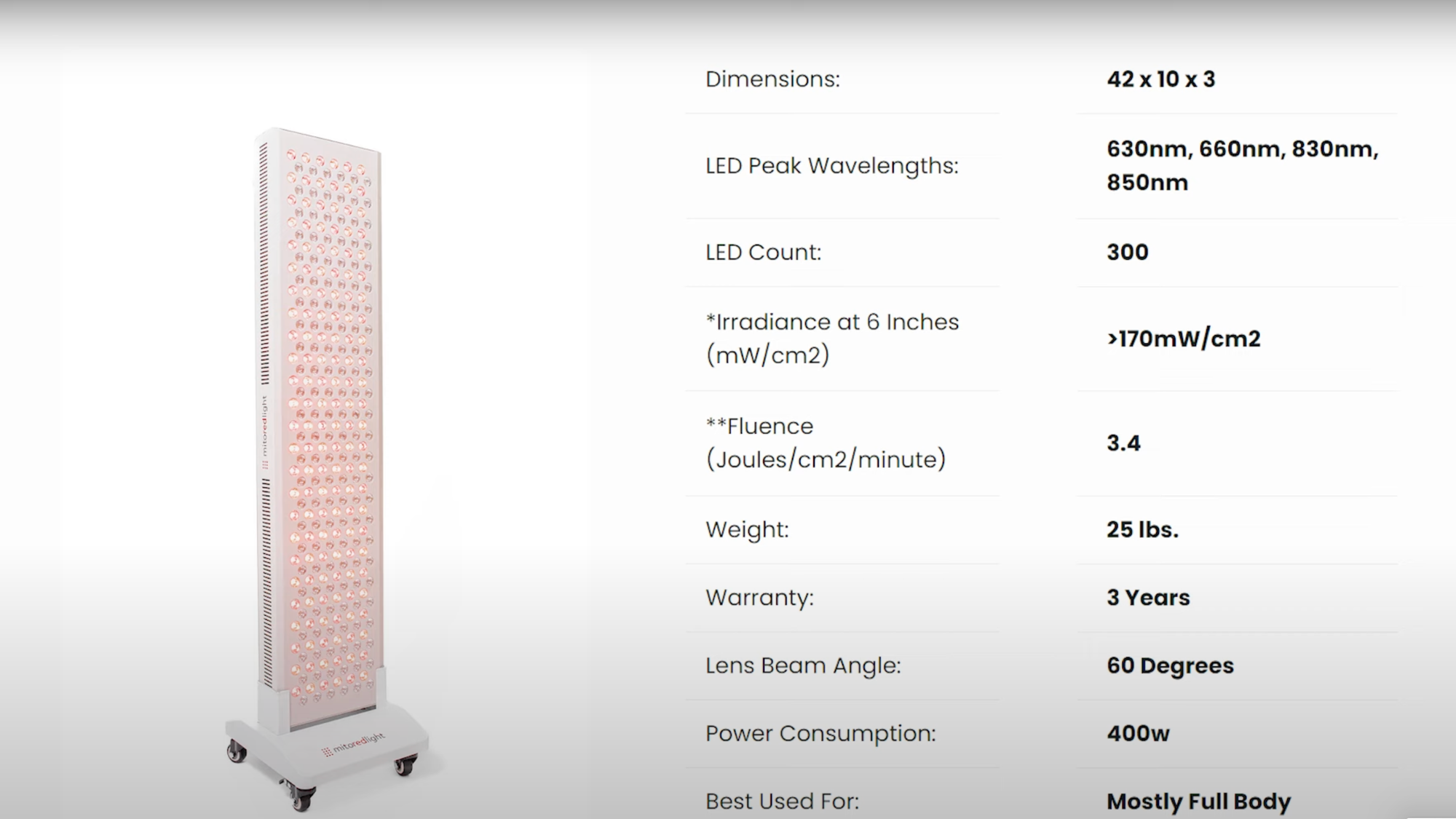
Solar meter readings give far higher numbers than a spectrometer which is the most accurate method for measuring the irradiance of LEDs. Therefore, my spectrometer measurements yielded slightly different figures.
I'm pleased to see that Mito Red Light also have a fluence metric which was lab-tested. This radiant flux was 3.4 joules (J) over square centimeter per minute. Now using some simple math, this comes out to be about 57mW/cm² which is much lower than the claimed 170mW/cm². It is very commendable that they are sharing all their data.
With my readings, the optical power peak is 87mW/cm² with an average of 76.5mW/cm². Now, a few things to note here: 76.5mW/cm² is lower than the claimed 170mW/cm² as I knew it would be.
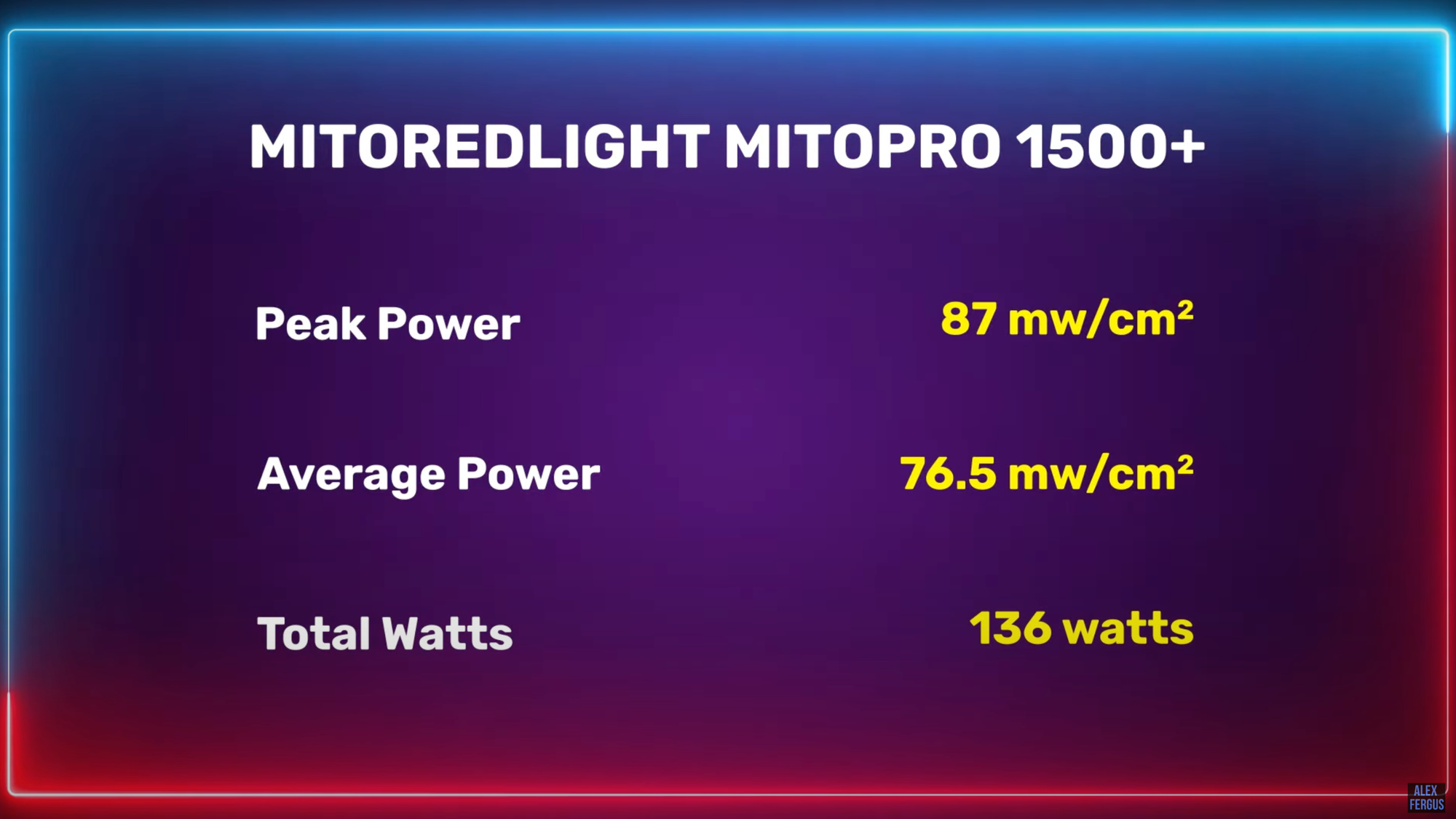
Surprisingly, my irradiance results are higher than the lab's testing figure of 56mW/cm², so that is an unexpected bonus. MitoPro 1500+ delivers a hefty total power output of 136 watts (W).
Now what do all of these numbers mean? Well, firstly, it's the same internal figures as the original MitoPro 1500. Since the numbers line up very closely, there are aren't any notable changes on that front in the new Plus + edition.
High Ranking Power

I'll invite you to head over to my Light Therapy Insiders website. Click on the Deals tab. Select Shopping Tool in that pop-up menu.

You can filter all my data by Wall Panel. Now, you can see how the new panel ranks from an Average Irradiance output. So we're going to sort it by peak irradiance.
Here we have MitoPro 1500+ in seventh place with an average irradiance of 76.5mW/cm² which makes it one of the top ten most powerful wall panels.
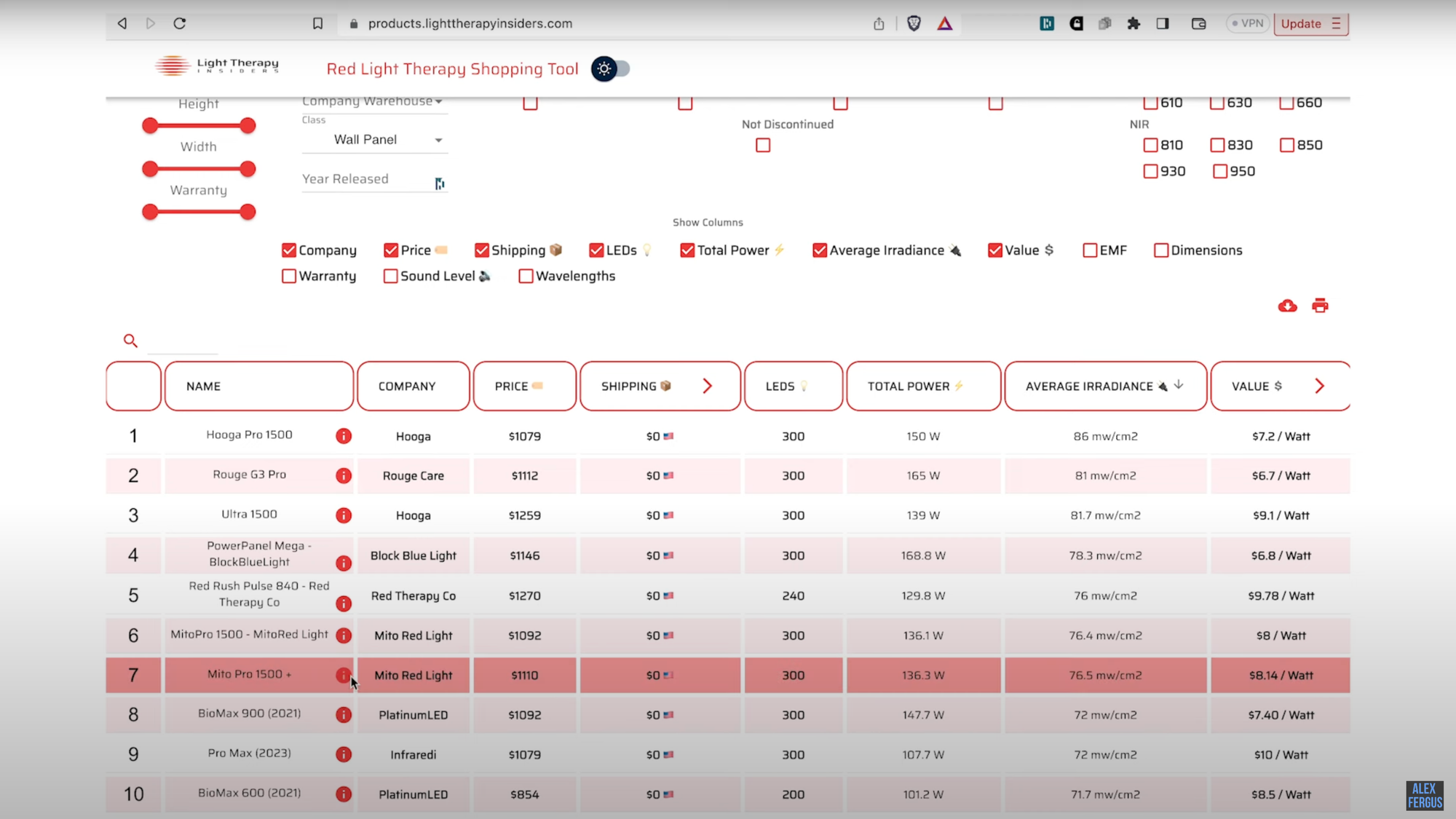
As you can see, it is pretty much or it is the same as the previous generation with the top panel being 86mW/cm². So it's packing a lot of power. Out of 34 panels, it's coming in 7th. It comes in at 10th place for total power.
On top of that, it is among the best panels for low EMF. The noise level is 51.5 decibels which earned it 1.5 out of 2.5 possible points for that category in my 2024 comparison of 17 panels.

Additional Options
Let's talk dollars and cents. MitoPro 1500+ is now priced at $1,169, a mere $20 increase from its predecessor which came out 2 years ago which ranked the number one wall panel for 2021! So this 1.71% price increase is still in keeping with Mito Red Light's commitment to affordability.
By using the discount code ALEX5, you can snag a 5% discount which brings your price down to $1,110. Shipping within the USA is free.
Though, international customers may incur additional charges. For instance, shipping to Australia comes with a sizeable $340 shipping and handling fee which is inclusive of duties and taxes.
At least, you're not going to be stung when it arrives. Some other companies will quote you a shipping figure only to find out later that you have to pay local taxes when it gets into your country. So I appreciate Mito Red Light's transparency and thoroughness in quoting shipping and handling fees.
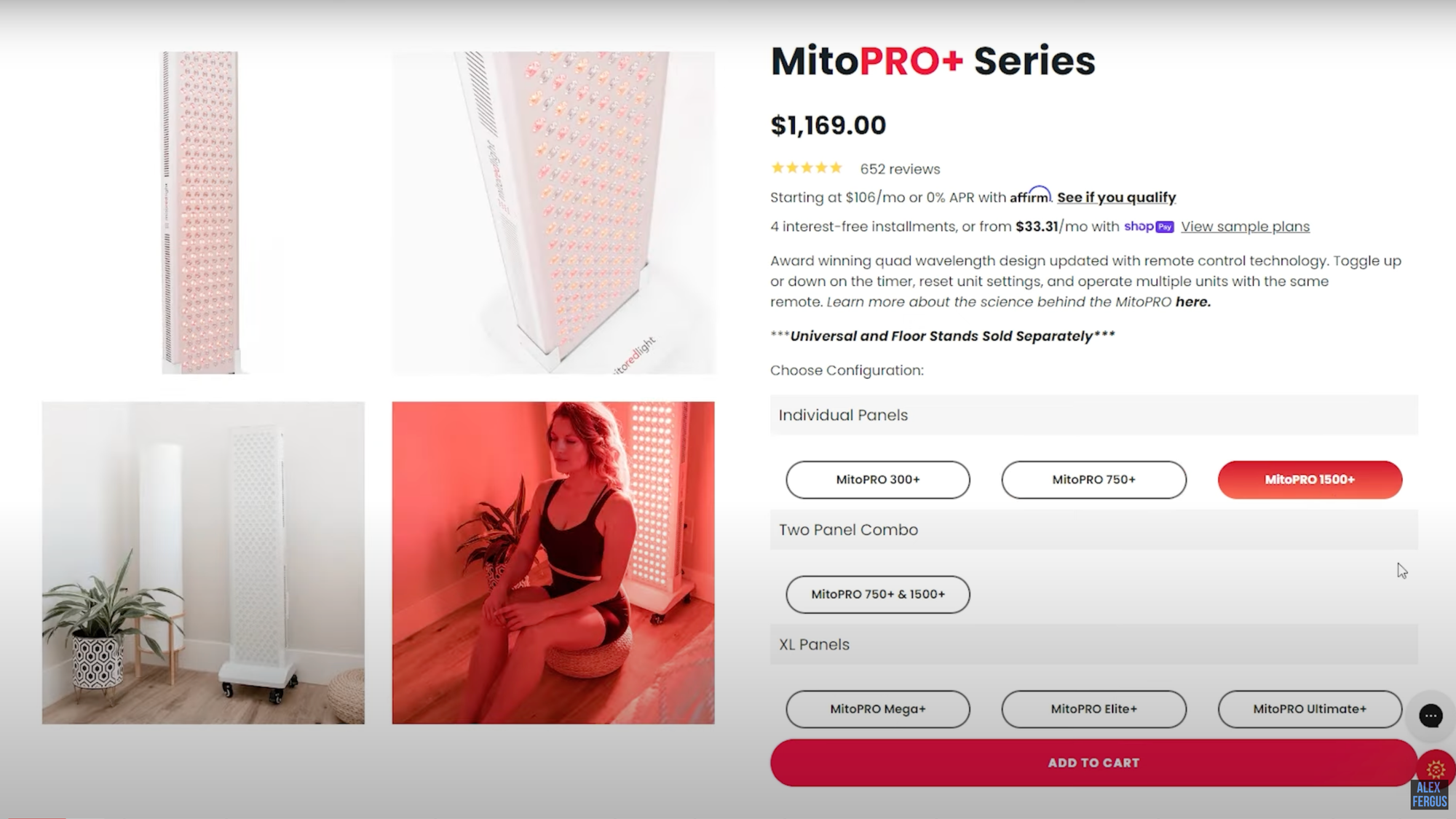
However, when factoring in the power output relative to the price, MitoPro 1500+ remains a competitive option, boasting an excellent value rating of $8.14 per watt. Anything under $10 per watt is commendable.
This puts it in 7th place for value in my Shopping Tool out of 34 wall panels that I've tested. Gosh, I've tested a lot.
Furthermore, there's a generous 3-year warranty, a comfortable 60-day return period, and thankfully no restocking fees. So give it a go since you've got nothing to lose and lots to gain.
Alright, what about stands? Well, there is a high-quality, stable, and sturdy stand that lets you use your panel in a vertical or horizontal position. It has an adjustable height, which is just what you want for targeting different parts of your body.

Here's a photo review on their website showing how you can use it while laying in bed which is a welcome relief if you are suffering with any type of discomfort while standing.
Keep in mind that you will need to take the panel off the stand to switch from horizontal to vertical. The good thing is that it is easy to assemble. It costs an additional $349.
Alternatively, this floor stand with wheels will run you $139. That height will be perfect for targeting your legs while standing. Some buyers have written reviews about using this while doing yoga, meditating, watching a show and more.

Verified buyers comment that they use their panel far more frequently after getting this stand because it helps them easily glide the panel to wherever they want to use it. Afterwards, it tucks away in a corner and takes up very little space being so compact.
What Makes It A Great Panel?
Next, let's weigh the pros and cons of MitoPro 1500+. Of course, the original came out the champion against 11 other wall panels a few years ago, so we know it is a top notch product.

On the positive side, the inclusion of a user-friendly remote, coupled with Mito Red Light's stellar reputation and solid customer support, makes for an attractive package.
The panel's multi-wavelength output and modular capabilities further solidify its appeal, offering users flexibility in their therapy sessions.
The 60-day return period plus the great customer service they're known for plus the no restocking fees does make this panel a very attractive option.

Now if you go on their website, you'll see their wide range of products, not just panels, but they also sell a wide assortment of other types of red light therapy devices

They have been around for about 5 years, so they have developed a great reputation for their dependable customer care and support.

So these are all great very positive. Plus this is the newer version of the original panel which was exceptionally good in 2021.
You're getting great power output, and you're getting it across four different wavelengths. Plus MitoPro 1500+ gives you a nice even blend between those 4 wavelengths.

It's modular capable, and there are some good stand options out there. I actually like the look of that floor stand, especially at $140.
Finally, it is still coming in at a good price. $1,110 after using that discount code. In 2023 and 2024, anything around the $1,000 mark is really competitive, especially for a 300 LED multi-wavelength high-powered panel.
I also want to give credit to Mito Red Light for the height. It is rather tall at 42 inches, but it is also rather narrow.
What Would Make It Even Better?
As for what I don't like, well, there are a few things. Yes, overall, it is a really good panel and it takes a lot of boxes, but there are a few features that are missing, especially when we compare it to other panels that are available here in 2023, 2024.
It's rather disappointing that the new plus model hasn't really changed. It's been 2 or 3 years since the original MitoPRO 1500 came out. This new version is pretty much the same except that it comes with a remote control which means that with the price increase you're essentially paying $20 for that remote control.
There is no pulsing which may deter some users. It also lacks advanced controls like touchscreen functionality and dimmability that are available in competing panels.

Additionally, the absence of the 810nm wavelength is noteworthy to me because there is a lot of promising science behind 810nm specifically, so I am trying to incorporate more of that into my red light therapy sessions.
You can read more about why I like 810nm so much in this article: 810 Nanometer Wavelength Health Benefits/Effects Cheatsheet on my LightTherapyInsiders.com website.
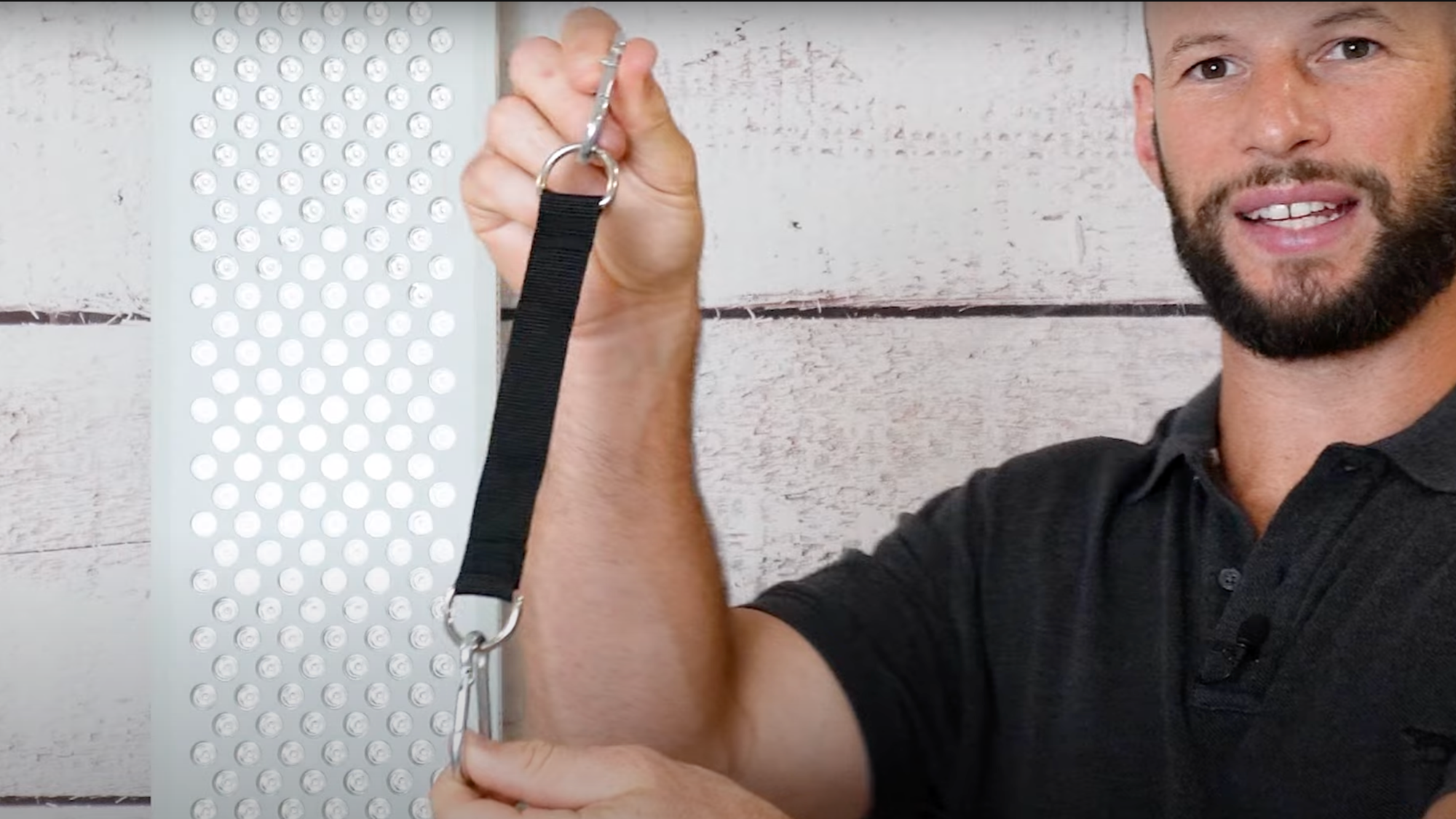
I think the hanging straps are another downside because the previous pulley system works really well. If you needed to adjust the height, the hanging straps are rather limited.
Another issue is the confusing power irradiance figures. If you go to the Mito Red Light website, they have their solar meter reading at 170, then they have their fluence reading, but they don't really match up. Surprisingly, my numbers come in between that.

So if you are trying to do your own dosing calculations, it's a little bit confusing. This isn't an issue exclusive to Mito Red Light. A lot of companies run into this same thing when using solar meter readings to measure LED light.
Finally, we have the high international shipping cost. Now I put an Australian address, and the shipping quote was going to be $342, but when I looked at it closer, I saw that the actual shipping rate was only about $100.
However, $240 gets added on for duties and taxes. So even if the shipping was free, you'd still be paying that $240 when it comes into the country. Still though, a few people may be put off because of the higher cost.
The Biggest Missed Opportunity
A lot has changed since my 2021 comparison series. Over the years, I've learned more about how red light therapy works from all my research and product testing of wall 34 panels and so many other products. As a result, my main concern with this panel is its narrow width.

If you've seen my videos on light coverage, I explain why you need to be directly in front of the LEDs if you want to get a decent amount of light into that area of your body. With a panel like this, the narrow width creates some challenges.
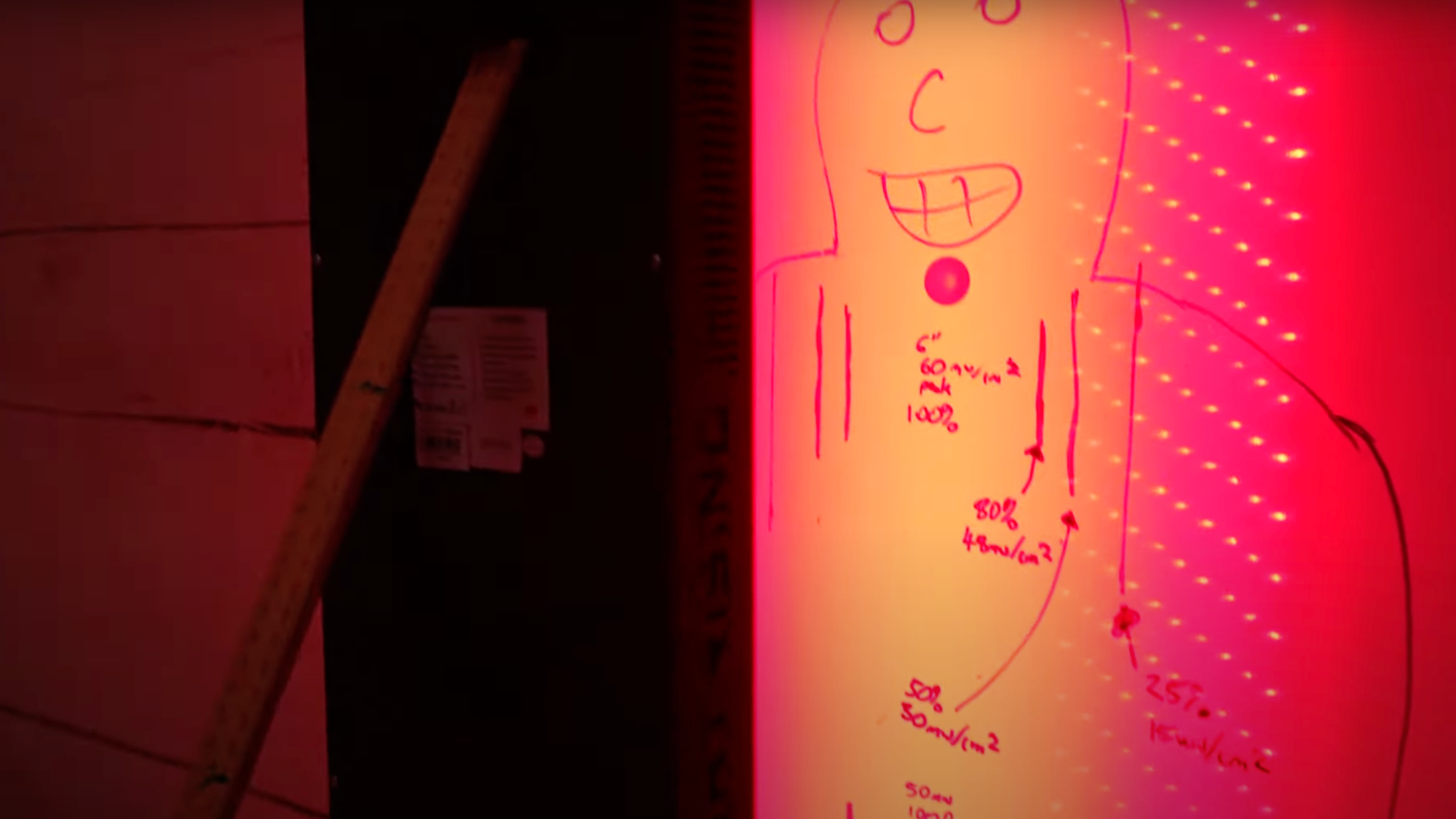
Do you either stand in front of it in one half of the body and then move to the other half, which is actually something that I've done for many years before I had multiple panels.

Or do you get two panels and have them side by side? Of course, that requires more money and potentially a stand.
The downside with that though is you're still only getting a 12-inch wide panel setup, and you may not get total shoulder-to-shoulder coverage if you are a wider person.

Now, it's not a limitation or a deal-break because remember, there are ways around it. You just buy two or you move. But this review is more focused on someone who's just looking at buying one panel, in which case I actually personally prefer the wider panels. I'm not saying that this isn't going to work; it's just something to think about.
Now, the cool thing is there are plenty of other options here. Yes, you can go out and buy this and just deal with it and adapt and maybe get another one in the future. Or you can spend a little bit more money and get one of Mito Red Light's huge MitoPro+ XL panels.
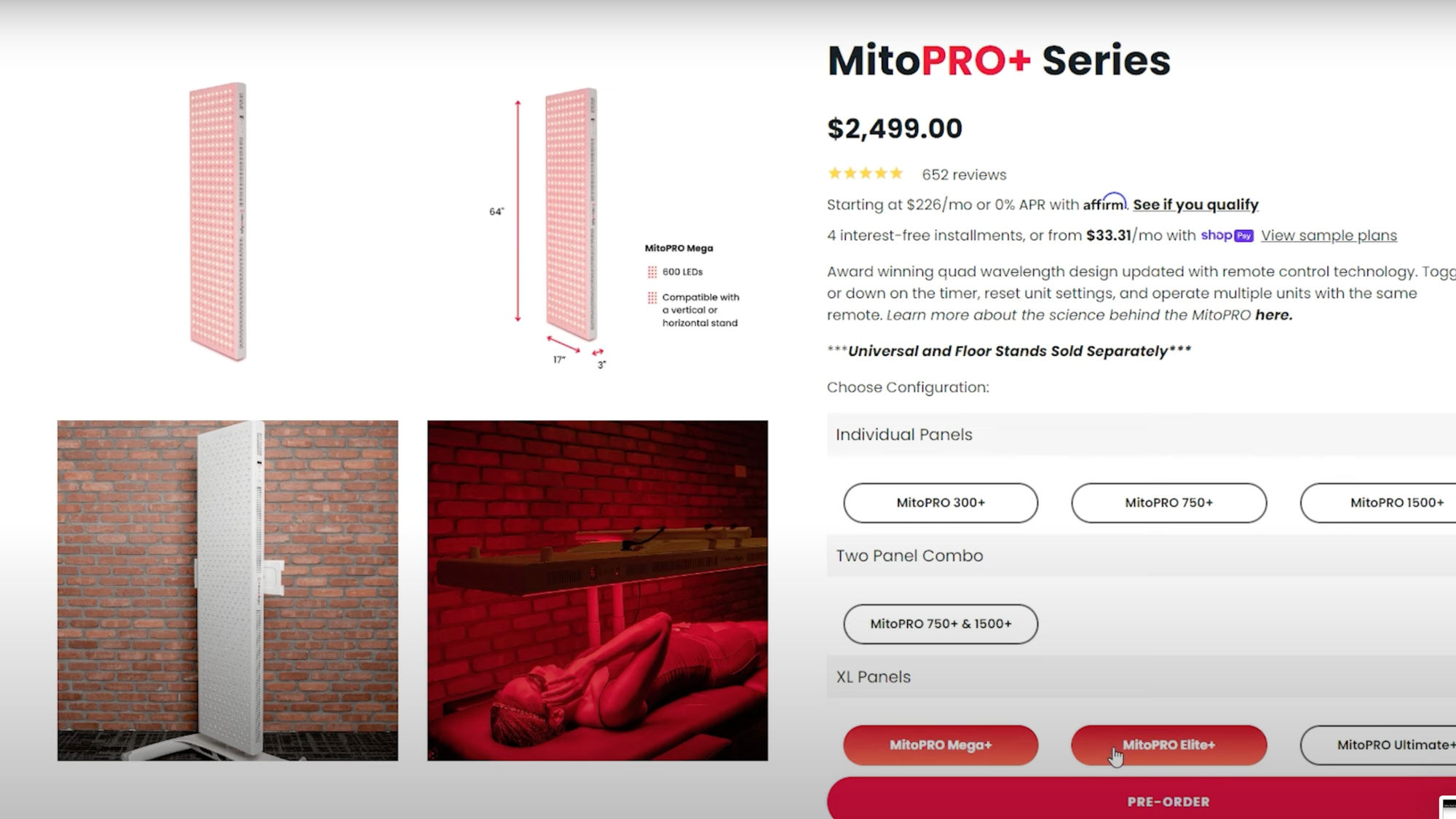
These are a lot wider, and yes, they are a lot more expensive and they're going to be a bit more work in terms of setting up and freighting and all that because they are an all-in-one panel. But it is something to think about.
Remember Mito Red Light also have their new Adapt range. The latest word is they're working on a new generation of panels as well. When that comes out, I'll be sharing any news on that as soon as I get wind of it.
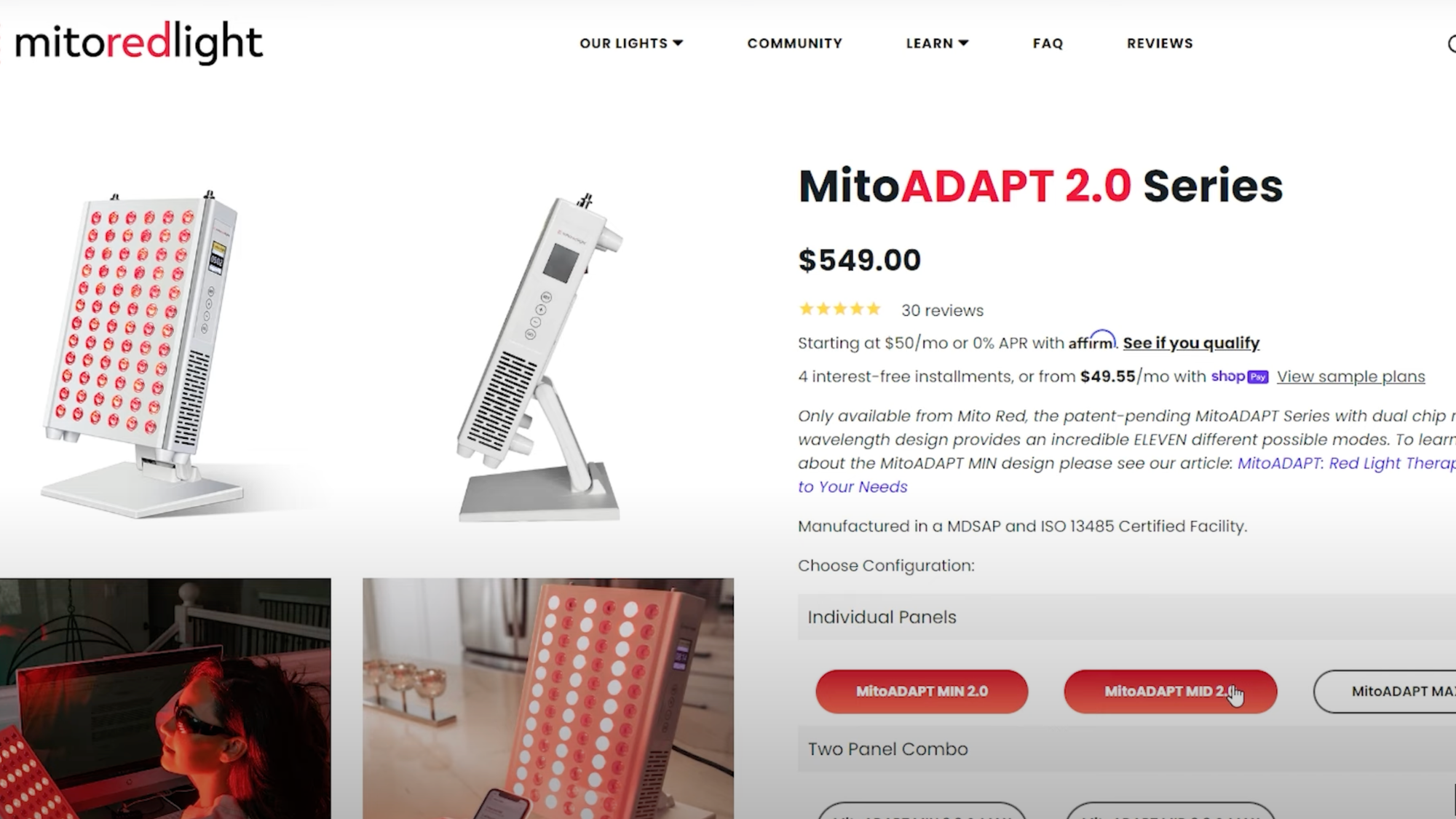
Comparison With The Competition
Now if you don't want to do that, you could look at some other panels that are just wider to begin with but still come in at 300 LEDs. The Biomax 900 is 12 inches wide.

The Shorty XL by LightpathLED is 15 inches wide.

Or if you want to go up to a larger panel, look into the European company Mito Light because their Mitohacker 4.0 has 400 LEDs and is 16 inches wide.

It just depends on what you want to do, what you want to get from your panel, what your budget is, do you plan on buying more panels later on, do you already have a panel, how much space do you have in your room? There are lots of variables.
If you're interested, check the reviews here:
Then, the LightpathLED Diesel review:
And the Mito Light Mitohacker 4.0 review:
Should You Get It?
As someone who's witnessed the evolution of red light therapy firsthand, my recommendation for MitoPro 1500+ comes with a mix of enthusiasm and discernment. While it undoubtedly shines in terms of power output and versatility, its narrower width may pose challenges for users seeking full-body coverage.

However, with a plethora of stand options for multi-panel setups plus three wider XL panels available on their website, there are several viable solutions to overcome this one limitation.
Overall though, this is a great panel at a really good price and has a lot of great features, but just remember there are a lot of options out there.
Ultimately, the decision boils down to individual preferences, budget constraints, and specific therapy needs. Whether you opt for MitoPro 1500+ or explore alternative offerings, thorough research and consideration are key, so stay tuned for more of the latest reviews and innovations in the field!
This Article's Products With Benefits:
✅ For a Mito Red panel use code ALEX5
✅ Buy a PlatinumLED BioMax panel or accessories, and use the following link for a discount code which is generated after you click the link
✅ To get a Lightpath LED Diesel XL Shortie use code ALEX and get 5% off
✅ Mito Light Mitohacker 4.0 (In The EU) – get 5% OFF storewide by using code ALEX
Extra! Extra! Read All About It!
✅ The Ultimate Red Light At Home Device Review 2024: Wall Panels Special!
✅ The Most Powerful Red Light Therapy Panels Compared!
✅ The 830nm Wavelength Health Effects Cheatsheet
✅ The Best 810nm Red Light Therapy Panel For Amazing Health Benefits
✅ Red Light Therapy Wavelengths Benefits: The Ultimate Guide
Be In The Know With These YouTube Videos
✅ My video on Red Light Therapy For Anti-Aging: The EXCITING Science!
✅ My video on the Ultimate Guide To New Mito Red Light Products!! (Interview)
✅ My video on Mito Pro 1500X Review: Amber 590nm Upgrades & MORE?
✅ My video on the red light therapy coverage & treatment area
✅ My red light testing methodology for reviews video
Additional Resources
✅ My Excel sheet for comparing different panels to their competition
✅ My red light therapy buyer's guide
✅ My red light therapy blog with many deep dive articles

